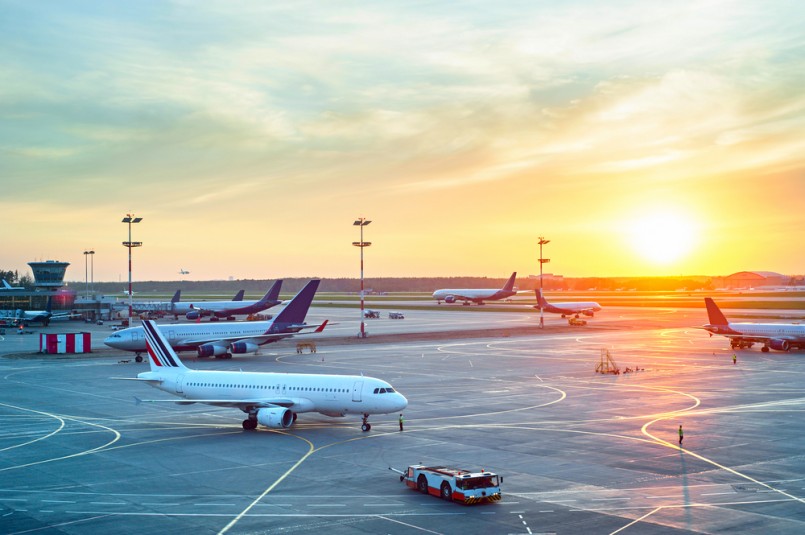Environment
Could traveling by air ever be green?

Image: Shutterstock/joyfull
It’s no secret anymore: traveling by air is one of the most polluting forms of travel. It produces an extremely high amount of greenhouse gases that hang around much longer at the upper atmosphere where they are released than gases released at ground level. To make things worse for the planet, air travel has become in the last couple decades popular, averaging approximately a 5% increase each year. What solutions are being proposed to counteract this serious environmental threat of traveling by air?
Some advocate the radical choice of boycotting air travel altogether, recommending other forms of transport like bus, train or boat instead. For those tempted, an English man named Mark Smith has created a website called The Man in Seat Sixty-One that provides alternative means of global transportation.
There are also small ways individuals can offset environmental pollution when traveling by air. The site Go Green Travel Green recommends, for example, taking nonstop flights, using electronic tickets, even bringing your own water bottle. One has to wonder, however, whether these actions are more effective for the environment or for relieving the guilt of the environmentally concerned traveler.
But not everyone is ready to refuse air travel altogether, and not everyone is convinced that bringing your own water bottle will offset the CO2 released by plane engines. Thankfully, new green technology is being developed by various companies and organizations to make jet travel a little less deadly for the planet.
NASA, for example, is currently undertaking research projects that hope to transform the aviation industry in the next decade by reducing fuel use by half and cutting carbon emissions by 75%. More specifically, they are working on the following five green concepts: alternative fuel cells, developing electric motors made with 3D printing, using lithium-air batteries for energy storage, using a foldable main wing, and the use of “aerogel,” a lightweight material for aircraft antenna that would make flight more efficient. NASA has two and a half years to develop these green concepts.
Another means the aviation industry is trying to reduce its carbon footprint is the use of biofuel, which was approved for commercial use in 2011. Some private companies, like aviation giant Boeing, have looked to biofuel as an alternative green fuel for their planes. They have advocated and partially implemented the use of “green diesel” as aviation fuel, which is a sustainable type of biofuel made from vegetable oil and waste animal fat. Boeing cites Finland-based Neste Oil, which claims that green diesel reduces carbon emissions by 50-90% compared to fossil fuel. It is widely available and, until recently, limited to ground travel.
These technologies are still in a stage of development, but hopefully in the next few years they will be absorbed into the market, making air travel a little greener.
Marcus Wade loves to surf the Internet, drink coffee and travel. He loves meeting new people and having interesting conversations about art, politics and society.





0 comments